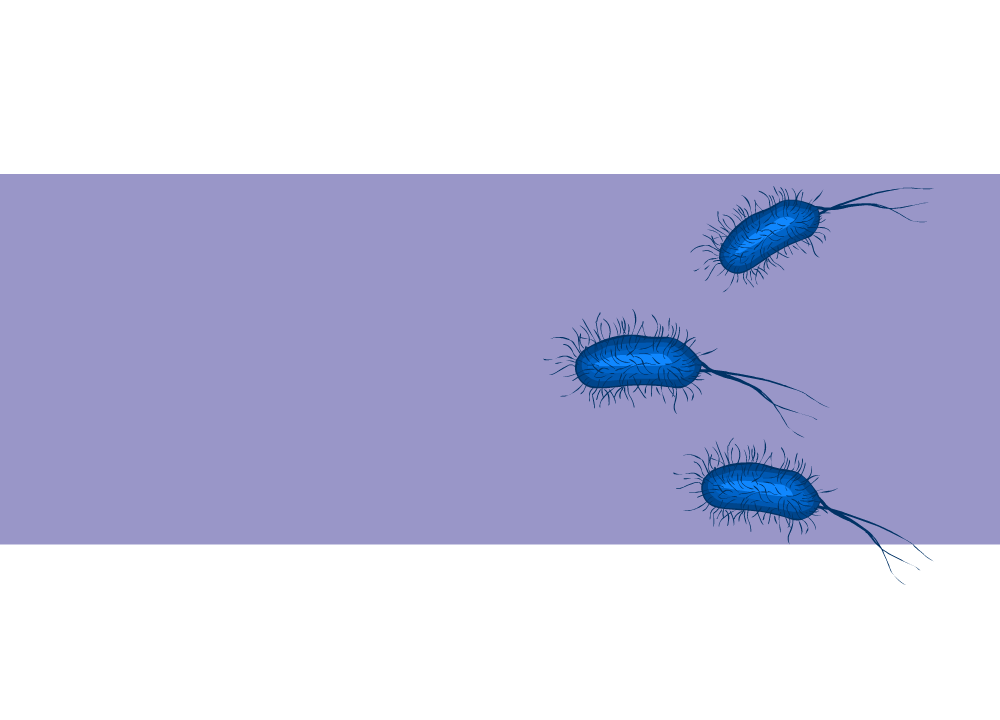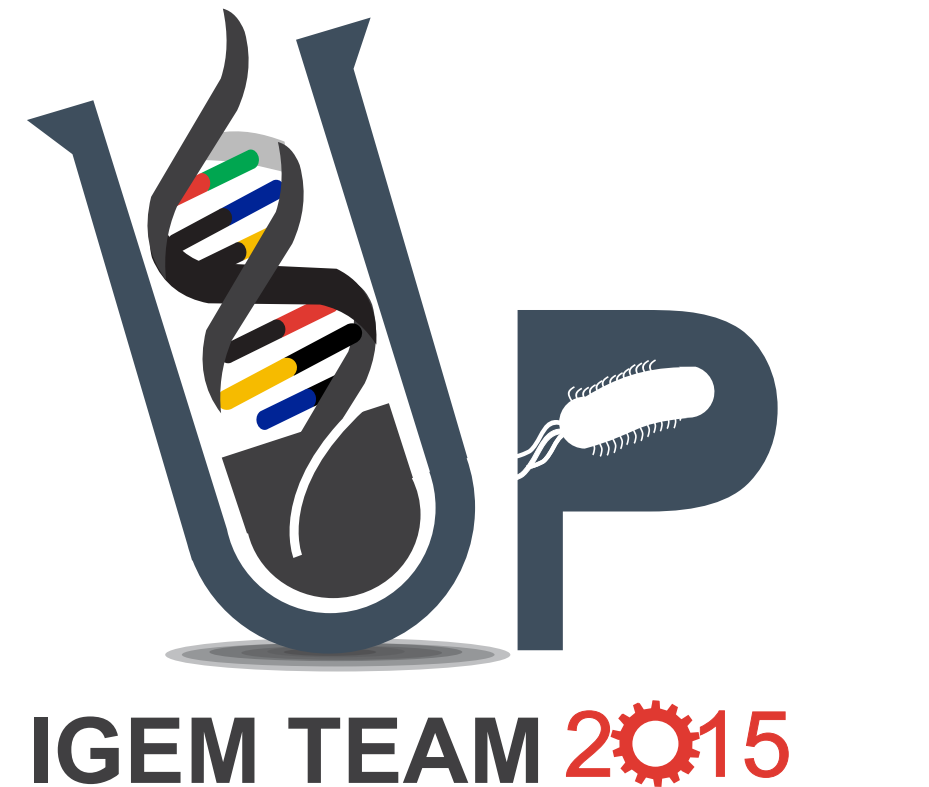Difference between revisions of "Team:Pretoria UP"
| (48 intermediate revisions by 2 users not shown) | |||
| Line 20: | Line 20: | ||
#animation | #animation | ||
{ | { | ||
| − | + | padding-top:140px; | |
| − | top: | + | padding-left:5%; |
} | } | ||
| Line 41: | Line 41: | ||
background: black; | background: black; | ||
} | } | ||
| − | |||
| − | |||
| − | |||
| − | |||
| − | |||
| − | |||
| − | |||
| − | |||
| − | |||
| − | |||
</style> | </style> | ||
| Line 60: | Line 50: | ||
window.onload = function() { | window.onload = function() { | ||
performMenuHiding(); | performMenuHiding(); | ||
| − | $('#animation').css({marginTop: '+= | + | $('#animation').css({marginTop: '+=150px'}); |
| − | $('#bannerHolder').css({marginTop: '-= | + | //$('#bannerHolder').css({marginTop: '-=130px'}); |
| Line 72: | Line 62: | ||
<body> | <body> | ||
<div class="wtf_div"> | <div class="wtf_div"> | ||
| − | + | <div align="center" id ="bannerHolder" > | |
| − | <div align="center" id ="bannerHolder" style=" | + | |
| + | <img id="Banner" alt="Banner By Natascha Muller" src="/wiki/images/0/03/Banner_Pretoria_UP.png" style="width:30%; padding-top:7.5%;"/> | ||
| + | |||
| − | < | + | <!--<h4 id="description">SYNCHRONIZED, CONDITIONAL, GENETIC CHEMOTAXIS PROGRAMMING</h4>--> |
| + | <h2 id="description"> Synchronized, Conditional, Genetic Chemotaxis Programming </h2> | ||
| − | |||
| − | |||
</div> | </div> | ||
| − | <div align="center" style="width:90%;height: | + | <div align="center" style="width:90%;height:840px;"> |
| − | <img id="animation" alt="Animation by Schae Ind" src="/wiki/images/1/15/Up_animation.gif"/> | + | <img id="animation" alt="Animation by Schae Ind" src="/wiki/images/1/15/Up_animation.gif" /> |
| Line 93: | Line 84: | ||
<p> | <p> | ||
| − | The Pretoria UP iGEM team of 2015 have proposed a | + | The Pretoria UP iGEM team of 2015 have proposed a design for intelligent motile bacteria based on a combination of DNA modules that confer different functions. The synchronous behaviour of the bacteria will be achieved through a quorum sensing module allowing the population to behave as a swarm instead of independent units. A conditional response to an environmental signal is conferred through a post transcriptional control mechanism known as riboswitching, thus the bacterial swarm may recognise and respond to a chemical attractant. Since the system makes use of several modular components, an AND gate is required to process the various signals which in turn would trigger a genetic switch in the bacterial chemotaxis. The irreversible change is programmed by a DNA recombination switch which inverts the directionality of a promoter through the Cre-loxP pathway. We invite you to explore the various aspects of the project on this site. |
</p> | </p> | ||
Latest revision as of 22:00, 18 September 2015

Project Description
The Pretoria UP iGEM team of 2015 have proposed a design for intelligent motile bacteria based on a combination of DNA modules that confer different functions. The synchronous behaviour of the bacteria will be achieved through a quorum sensing module allowing the population to behave as a swarm instead of independent units. A conditional response to an environmental signal is conferred through a post transcriptional control mechanism known as riboswitching, thus the bacterial swarm may recognise and respond to a chemical attractant. Since the system makes use of several modular components, an AND gate is required to process the various signals which in turn would trigger a genetic switch in the bacterial chemotaxis. The irreversible change is programmed by a DNA recombination switch which inverts the directionality of a promoter through the Cre-loxP pathway. We invite you to explore the various aspects of the project on this site.



